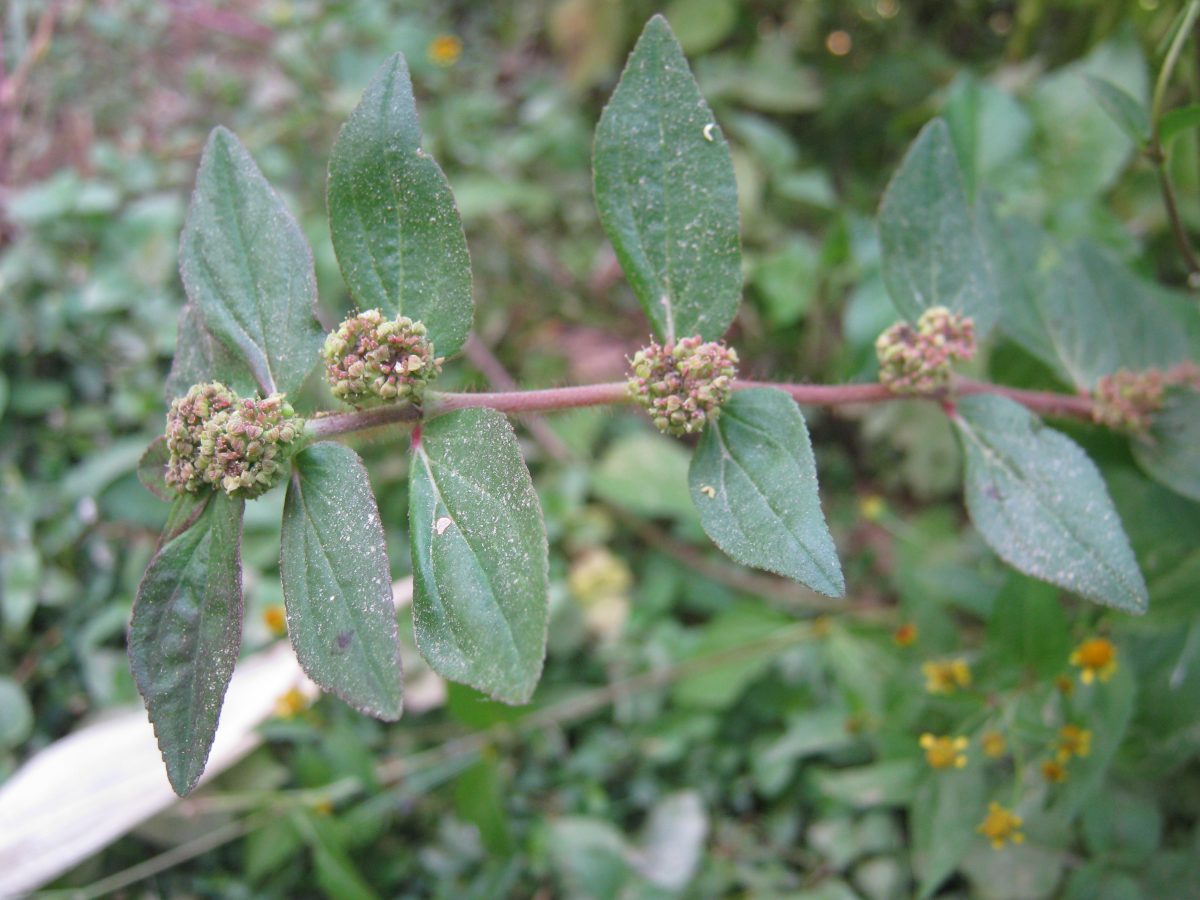Weeds are common plants that can sprout almost anywhere. Because of this, it’s easy to assume that they don’t have any benefits. That they only feed off of the nutrients in the soil meant for the other plants in our garden. Today we’ll talk about the Tawa-tawa!
What is Tawa-tawa?
The Tawa-tawa, also known as Asthma Plant. It is a hairy herb that is found in open lawns, pathways, and even in roadsides. Its scientific name is Euphorbia hirta, and it belongs to the Euphorbiaceae family. This family consists of around 6,750 different species. It includes the more common cassava, castor-oil plant, and rubber tree.
Origins and Botany
There is very little literature on the history of the Tawa-tawa and whether or not the plant is native to the Philippines. However, according to a study released in 2018, we have been using the plant to treat fever since 1948.
This plant has a hairy, solid stem that can grow up to 24 inches long. It produces milky-white latex. Its leaves are also hairy, with an elliptical shape. You can identify them through their flowers that lack petals and look more like clusters on a stalk.
Medicinal Benefits
One of the oldest uses of the plant is to alleviate symptoms of asthma. The properties of the plant help to relax the bronchial system to open the airways. The white latex of the plant can be rubbed to treat wounds, burns or rashes, as it contains antiseptic and anti-inflammatory properties.
In 1980, water infused with its leaves was also commonly used to alleviate the effects of dengue to the body. It’s a common misconception to peg the tawa-tawa as a cure to dengue. But it has been very beneficial in helping the body as it recovers. The properties of the plant help promote cell production and can increase platelets.
It’s also to note that ingesting or using tawa-tawa for any purpose is not recommended for pregnant individuals, or those who are breastfeeding because it can cause involuntary muscle contractions.


